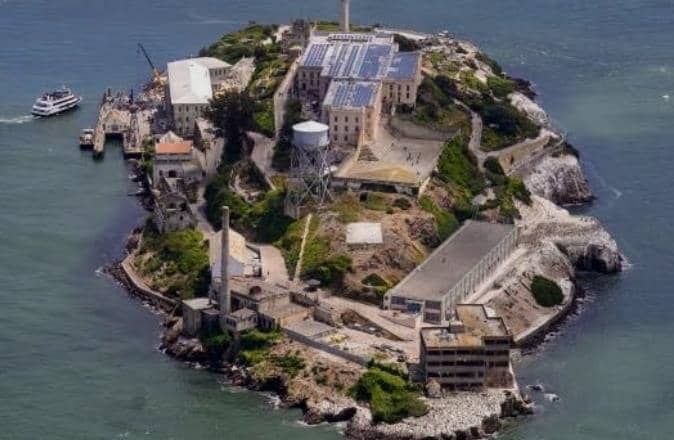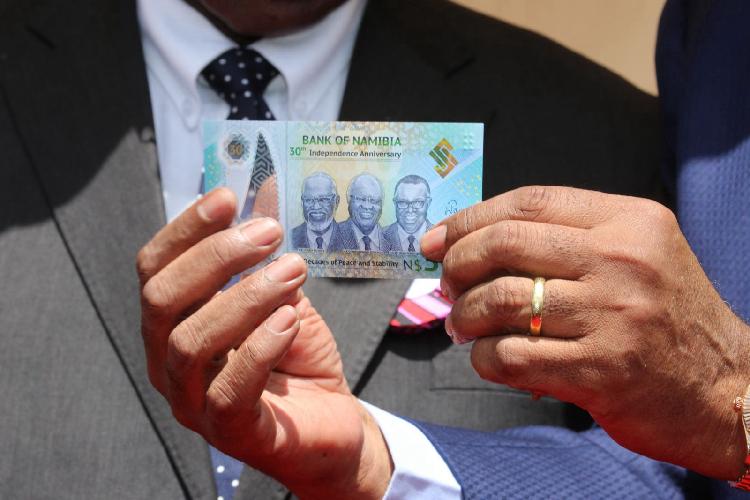THE first steps towards making a five-nation plan to harness the power of the Congo River to provide electricity for southern Africa will be taken next month.
The decades-long project will get rolling with the launch of a feasibility study for the Inga III hydroelectric power project, the first stage of the Grand Inga project, which is expected to generate 39 000 megawatts, enough electricity to supply the whole continent and have surplus to sell to Europe.The shareholders are power utilities in Namibia, South Africa, the Democratic Republic of Congo (DRC), Angola and Botswana which control 20 per cent each.The study is the first step in the preparation for the construction of the plant in the Inga River in the Democratic Republic of Congo, which is expected to deliver 5 000MW to five African countries by 2015.The study, to be conducted by a consultancy firm yet to be selected, will be completed within 18 months.The project is driven by Western Power Corridor (Westcor) and has an estimated cost of N$71,8 billion, but the exact figures will be known after the feasibility study.Pat Naidoo, the chief executive at Westcor, said: ‘We have been finalising contracts, sorting out finance, talking to all the governments, and the engineering work in the background has been done. That is why we will now bring in consultants to assess that work … We are still within the original time frame.’Construction is due to start late next year; the first flow of power will be in 2012.Westcor was formed six years ago to develop and manage infrastructure in the five countries which own it. Naidoo said Westcor had excluded funding from international financial institutions such as the World Bank, the African Development Bank and the International Monetary Fund. The project will be financed by the shareholders.’We concluded that their processes and proposals did not adequately prepare the project for construction. Studies were more of an academic nature and of no commercial value to the project, and were much more costly and expensive,’ said Naidoo.He added that Eskom would stop running some of its old coal-powered stations, which were some of the most expensive plants, when it started sourcing from Inga III. This money would be used to contribute towards the costs.However, if there is a need to keep all the power stations, Eskom will draw from the revenue from the customers that will be using the electricity from Inga III.Naidoo said Westcor’s intention was to set a fixed tariff of five US cents per kilowatt-hour, which would be the world’s lowest.Jeannot Boussougouth, an energy industry analyst at Frost & Sullivan, said this tariff would help the governments meet their social obligations of delivering electricity at cheaper rates.Boussougouth said: ‘A tariff of 5c for a hydro-based power project looks feasible in the long term, as observed in many countries. This tariff, if confirmed by Westcor officials and later implemented, should be welcome by consumers. The feasibility studies would tell us more about this in the foreseeable future.’Inga I and Inga II were commissioned in 1972 and 1982, respectively. Together they generate 1 775MW.Previous reports said 3 500MW would be transmitted via two 400 kilovolt high-voltage alternating current (HVAC) lines to the Capanda power station in Angola. Another 400 kilovolt, 400MW HVAC line would transmit electricity from Inga III to Kinshasa in the DRC.Two multi-terminal HVDC systems, comprising transmission lines stretching 3 000 km, would be established through Angola, Namibia, Botswana and South Africa.-Business Report
Stay informed with The Namibian – your source for credible journalism. Get in-depth reporting and opinions for
only N$85 a month. Invest in journalism, invest in democracy –
Subscribe Now!










